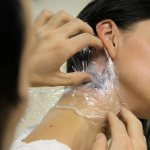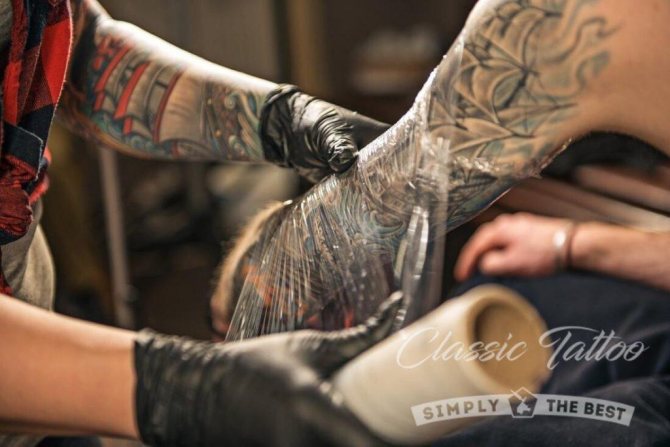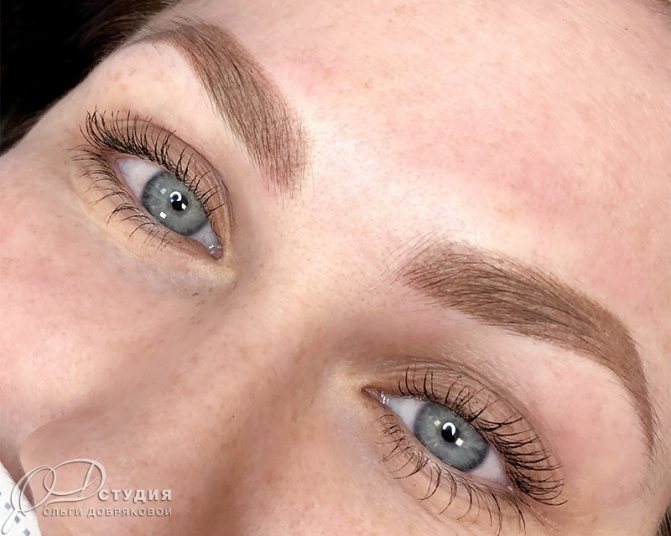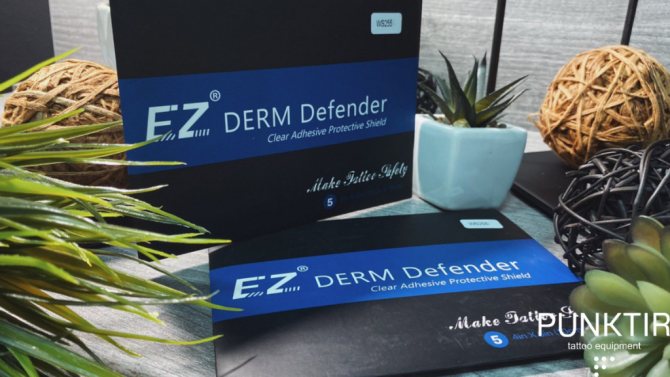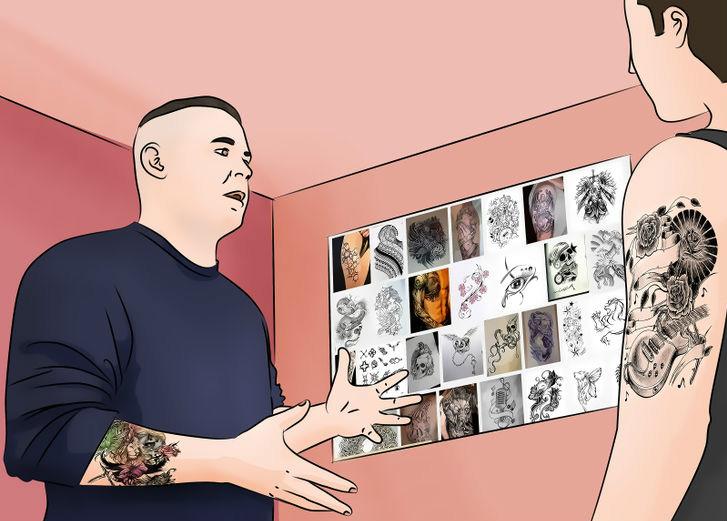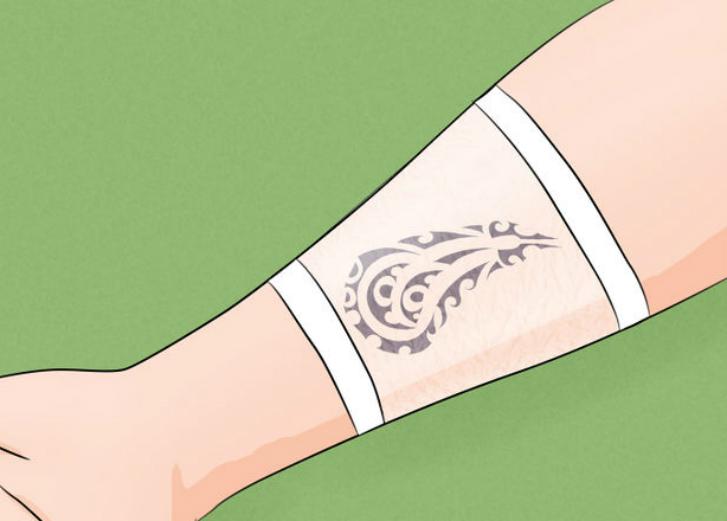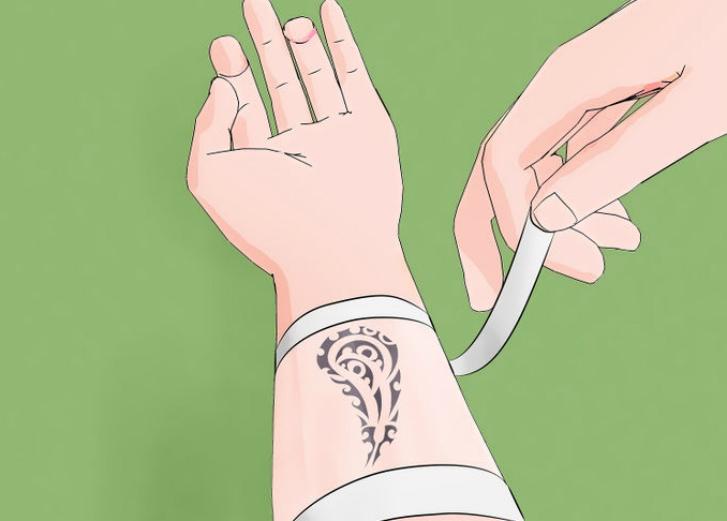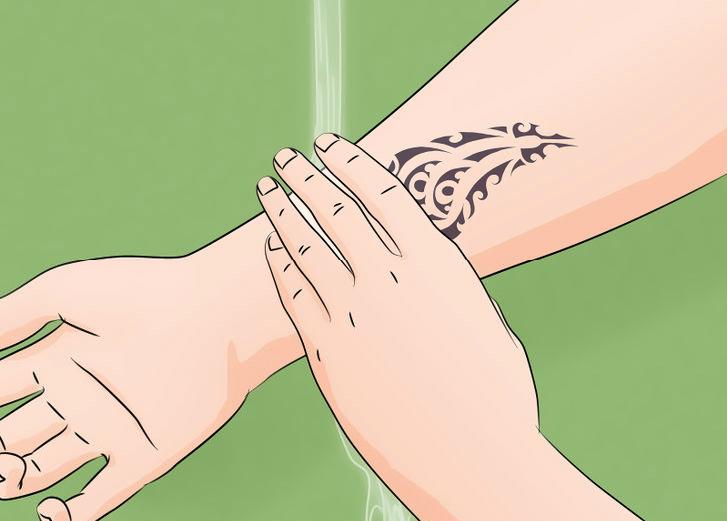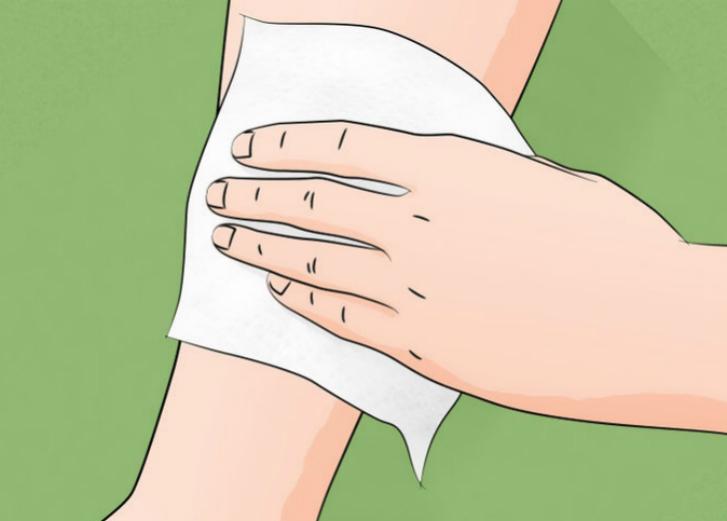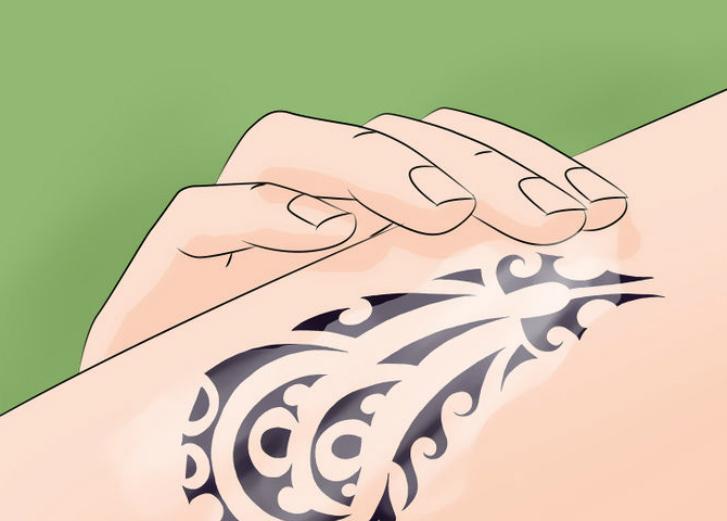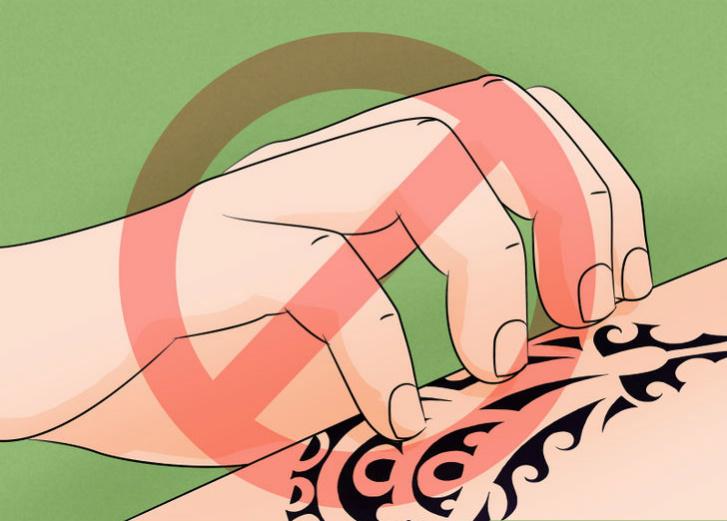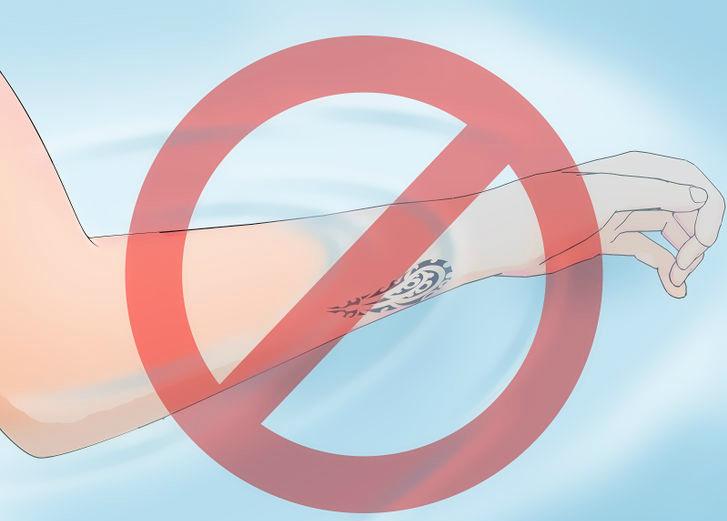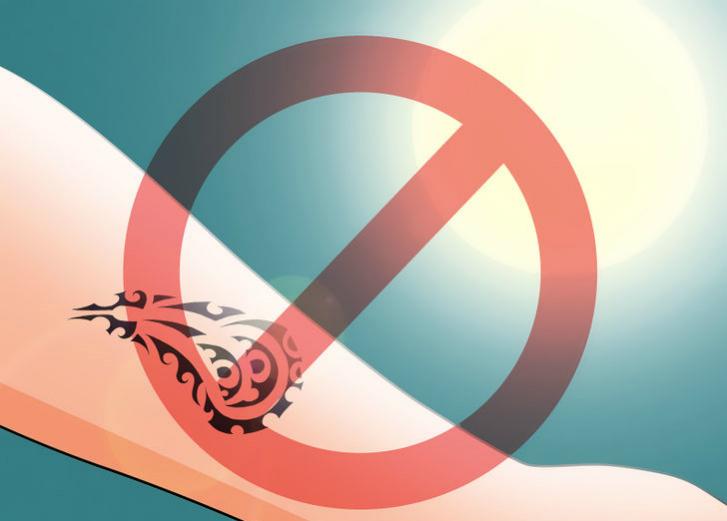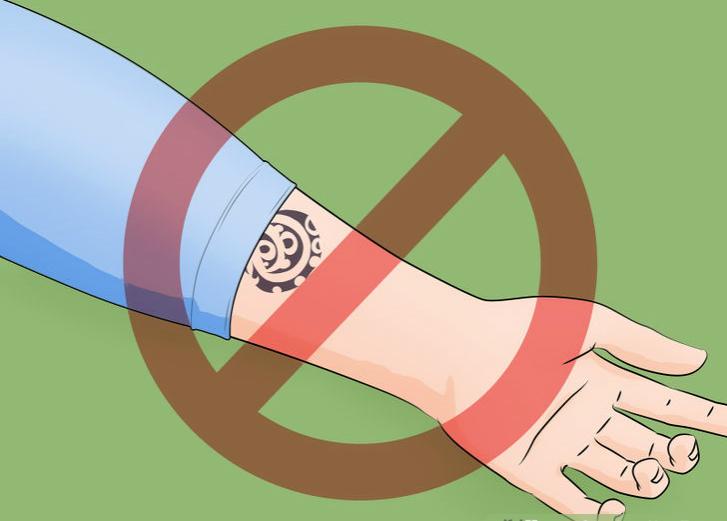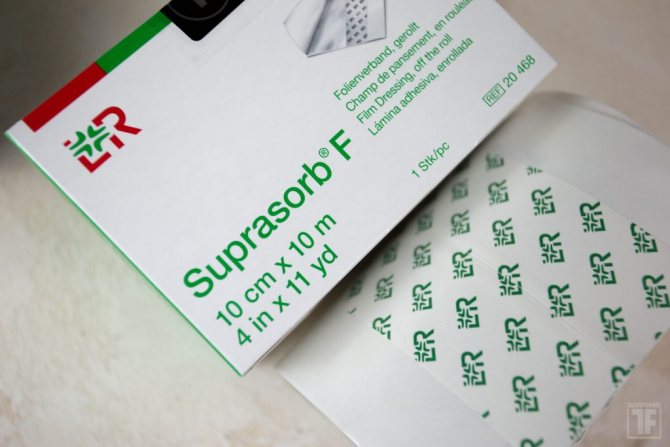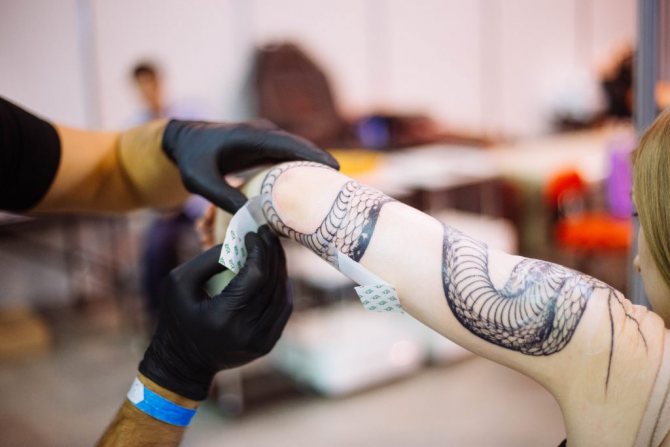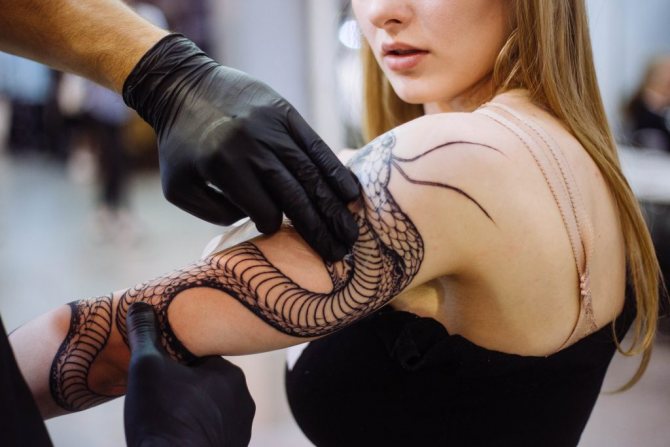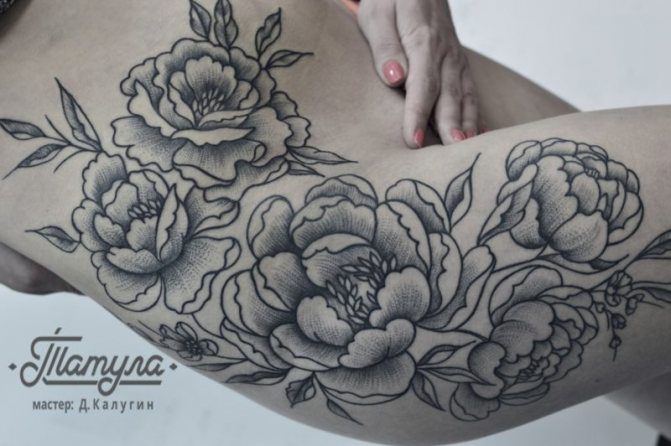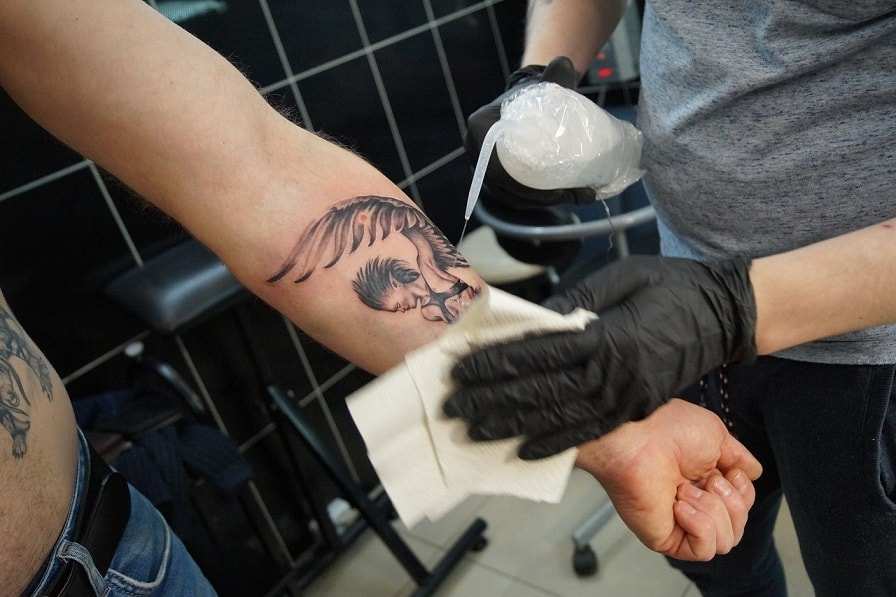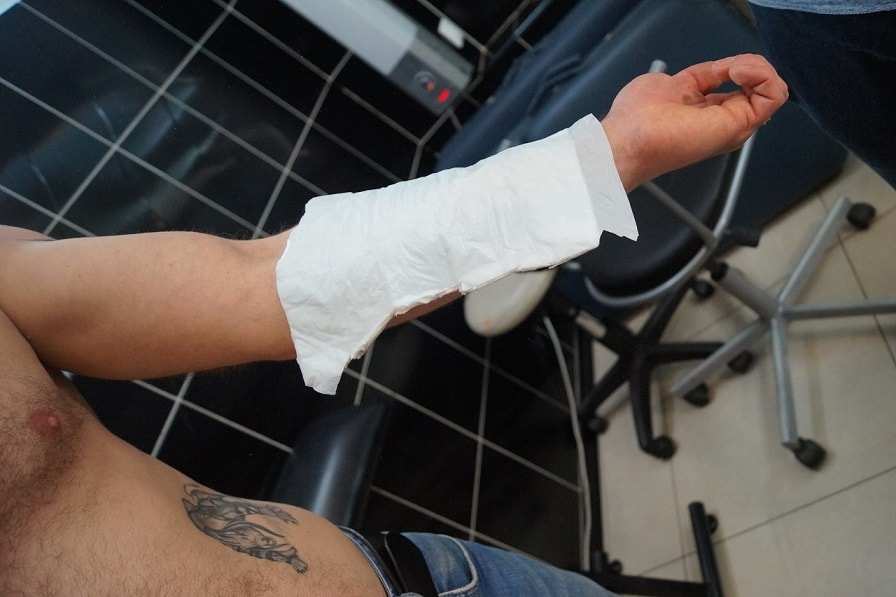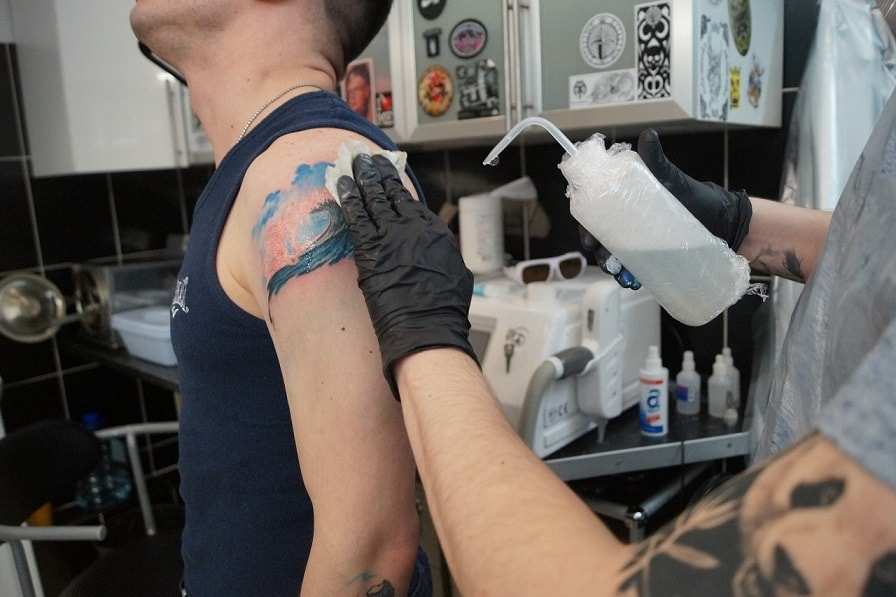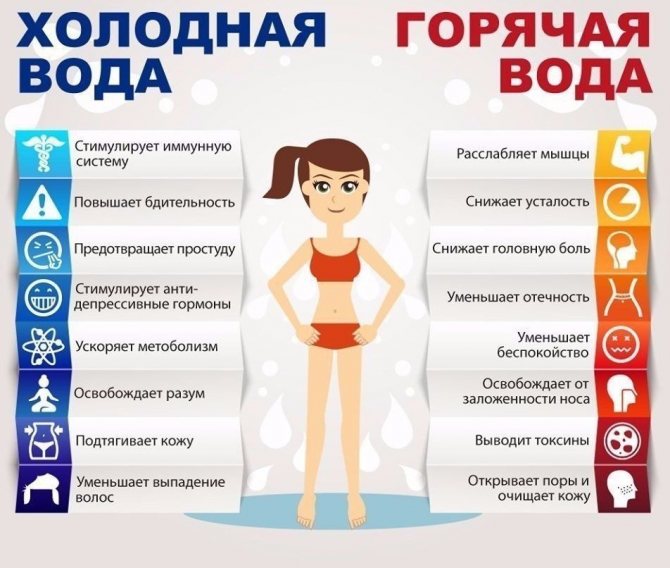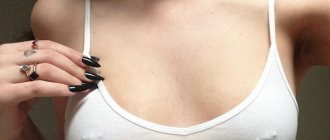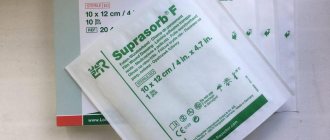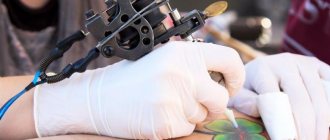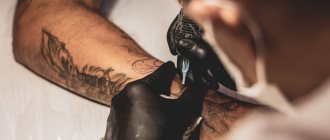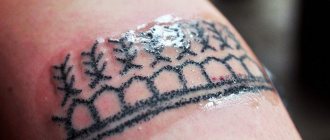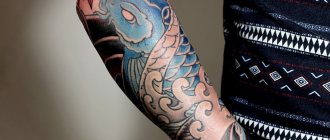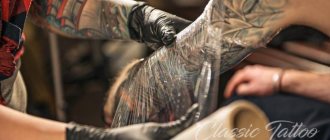The first step of tattoo care
Leave the bandage in place for 2 to 24 hours. Once the tattoo is complete, your tattoo artist will apply antibacterial ointments and cover the tattoo with a bandage. After you leave the tattoo parlor, try to resist the temptation to open the bandage to show your new tattoos to your friends. Keep the bandage in place to protect your tattoo from airborne bacteria that can enter through damaged skin. The bandage should be left in place for at least two hours before removing it.
Thick, absorbent, non-stick ABD dressings are the most common type of dressing used by the tattoo artist. They are very effective because they allow the tattoo to breathe.
There are many tattoo artists who strongly believe in wrapping a new tattoo in plastic wrap, while there are many who believe that this is the worst thing you can do for your tattoo.
Proponents of plastic wrap believe it is the best way to wrap a new tattoo, as it is easy to apply and removes without sticking to the skin. It also forms an effective shield that blocks out any bacteria.
Those who oppose plastic wrap do so because it prevents oxygen from getting out of the tattoo, and oxygen is necessary for healing. It also moisturizes and raises the temperature of the skin, creating a perfect breeding ground for bacteria.Whatever type of covering your tattoo artist uses, be sure to follow his/her advice carefully. Both types of dressings have been used successfully in the past.
What not to do?
- For about 10 days, you should not steam the treatment area, go to a bath or sauna, or use scrubs.
- The skin should not be excessively moisturized if it is inflamed.
- It is desirable to protect the skin from seawater, chilblains.
- For 2-3 weeks, rule out tanning - natural and in a tanning bed. Within the next 3-6 months, sun protection cream should be applied to the eyebrows before going out in the sun.
Nourishing creams should not be used. They often have an alcohol basis and do not promote healing, on the contrary, they slow down the process.
The second stage of tattoo care
Carefully remove the bandage. There is still controversy about how long the bandage should be left on the tattoo. Most artists agree that you should keep your tattoos covered for at least two hours before taking them off, but a maximum amount of time between 4 and 24 hours is recommended. Tattoos covered with plastic wrap are an exception, plastic wrap should never be left on a new tattoo for more than two hours.
In reality, the time will vary depending on the size and placement of the tattoo. In most cases, it is best to follow the recommendations of your tattoo artist, but you should also use your own judgment and common sense.
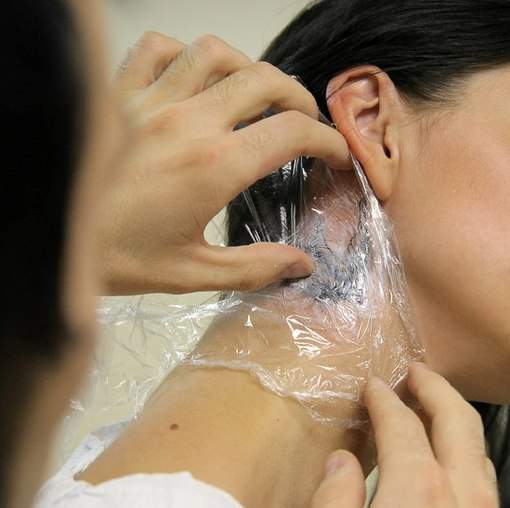
Can I wet the tattoo after it is applied?
Wetting, of course, can be done in different ways. We have figured out that the above rinsing does not pose any danger, and quite the contrary, contributes to faster healing. But the following actions, connected with water, can only harm:
- When taking a shower, try to minimize water contact with the tattoo. The reason is that here it hits with a concentrated strong jet, and this is quite dangerous. First, a strong jet can traumatize the skin, which in the first 5-6 days after the session is extremely vulnerable to external mechanical effects. Secondly, a strong jet as if "beating" the water into microscopic wounds, and this increases the risk of infection, because the running water is difficult to call sterile. We've already talked about sponges. No scrubs and sponges, no need to rub the tattoo. Ideally, it's necessary to close it at all for the time of hygienic procedure with a film, if it is on a hip, a forearm or a shoulder, it's very easy to do. If you placed it on your chest or back, well, be careful.
- Bathing should be temporarily abandoned. You can not do this on the second or even the seventh day. Wait until the skin has fully recovered. Why? First, prolonged contact of water with damaged skin is fraught with the risk of infection. Secondly, as a rule, a bath is taken with warm or hot water, which steams up the tattoo, opens pores and can provoke the release of significant amounts of pigment, which then makes the image look faded. For the same reason, because of the rise in temperature, increases the blood flow to the skin, and this also contributes to the output of paint, and increases the risk of deformation of the contours.
- Forget about swimming pools. In 2 weeks after the session it is possible to return to their visit, this time is quite enough for tattoo to heal completely. Here the matter is not even so much in contact with water, as in its composition. The main disinfection method in swimming pools is chlorination, i.e. the water is very hard and sometimes it has irritating effect even on healthy skin, not to mention the one where the tattoo was recently performed. In addition to all this, the pool is a physical activity, and it is also contraindicated for 2 weeks after visiting the tattooist, as increases blood pressure, increases blood flow, provokes the release of pigment and blurred contours.
- Bathing in the sea and other open bodies of water. How long is it impossible? The standard term is two weeks. No one can guarantee that there will not be harmful microorganisms and bacteria in the water. They will gladly penetrate into the scratches on your skin, and the consequences can be disastrous, up to infection and severe inflammation. The second reason is the fact that such water procedures are often connected with tanning, and the first time the UV light is extremely dangerous for the pigment, provokes its rapid fading and tarnishing.
So, to summarize. If you accidentally wet the tattoo, nothing terrible will happen. It is not a mantoux. Nevertheless, unnecessary contact with water should be avoided. To minimize the waiting time to the desired bath or pool, it is worth strictly following the recommendations for care and, of course, to turn to qualified masters. Syndicate Tattoo salon will perform tattoos of any complexity, will help you in choosing the sketch, will develop it individually if you are not satisfied with any of the catalog options. We strictly follow the principles of sterility and antiseptic treatment thanks to which tattoos heal quickly and cause only slight discomfort!
Third step of tattoo care
Gently rinse the tattoo. Most artists recommend warm water and mild soap or an odorless antibacterial or antimicrobial liquid. Use your hands to gently rub the tattoo, removing any traces of blood, plasma, or leaked ink. Do not use a wash cloth, sponge to clean the tattoo as they may contain bacteria.
Do not hold tattoos directly under water. Wash indirectly, by splashing water over the tattoos with your hands. The jet of tap water may be too harsh for your new tattoo.
After you have thoroughly rinsed the tattoo, you should gently wipe it with a dry paper towel. Do not rub the tattoo, as this can cause irritation. After the excess moisture has been removed, you should leave the tattoo to dry for 20 minutes.You should let your tattoo breathe each time you wash.
Signs of a fully healed tattoo
Whether or not the design has fully healed, you can tell by the following signs.
- The design looks completely natural, with redness completely gone from the skin.
- The crust has dried and fallen off naturally, and the tattoo has stopped itching.
- There is no swelling, thin film after the crust, or peeling on the drawing.
If you do not feel any discomfort at all, your tattoo is healed.

The fourth step of tattoo care
Apply the ointment. Once your tattoo is completely dry and your skin starts to feel tight, you can apply some ointment such as D-panthenol. Be sure to apply only a very thin layer, which is just enough to make the tattoo shine while it soaks into the skin. It is very important that you do not apply too much ointment or else you will make so your tattoo will suffocate and and stimulate the growth of bacteria.
You should continue to apply the ointment after each tattoo wash for about 3 to 5 days, or until the tattoo begins to peel off. At that point, you can switch to a regular, odorless lotion.
Do not use petroleum-based cleansers such as petroleum jelly, as they are too heavy and can clog pores.
How to properly care for my eyebrows right after the tattooing procedure?
After the application of permanent make-up the artist will apply a thick layer of vaseline or other protective ointment on the eyebrows. The first two hours the skin should rest, so you do not need to do anything else.
After two hours, rinse the tattooed area with cool water. Use antibacterial soap to wash off the protective ointment. In no case do not scrub, this will only more traumatize the irritated area. After five minutes, apply the ointment "Bepanten" or "Depantenol" in a thin layer on dry skin.
Important: If the ointment is applied liberally, you can create a "greenhouse effect", which will adversely affect the eyebrows and cause discomfort.
In the first 3-4 days, the skin should be treated every 2-3 hours. Procedure:
- with a soft, lint-free, dry cloth, remove the rest of the ointment without rubbing or pressing the skin;
- gently (without pressure) apply "Chlorhexidine" or other antiseptic as recommended by the master;
- Wait 10-15 minutes;
- Apply a thin layer of "Bepanten" or "Depanthenol".
Important: Do not apply hydrogen peroxide and products containing alcohol to the skin.
In the early recovery period it is not allowed to pluck hairs in the area of applied permanent make-up, scratch eyebrows. It is necessary to exclude unnecessary exposure to water, especially from bodies of water, as it is possible to get an infection. You should not swim in the pool, as water disinfectants can damage the tattoo. You will also have to abstain from visiting baths and saunas.
Swelling is a normal phenomenon. However, it should pass in 1-2 days. If this does not happen, take an antihistamine. The effect of drowsiness does not give, for example, "Zodak". Pain may also occur, it can be stopped by simple painkillers.
Important! If the pain is very severe, contact the master who performed the tattoo or a dermatologist.
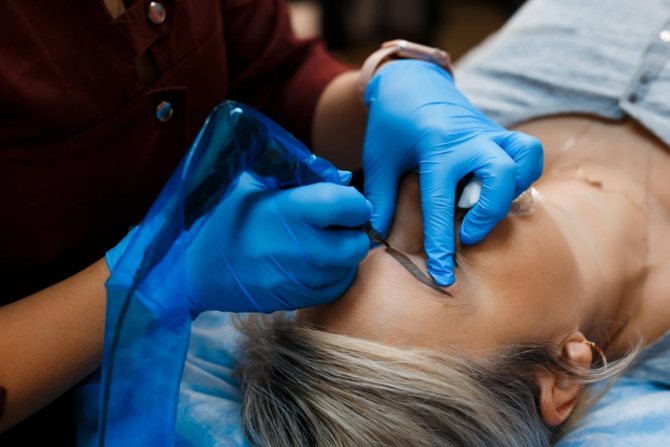

Step 5 of tattoo care
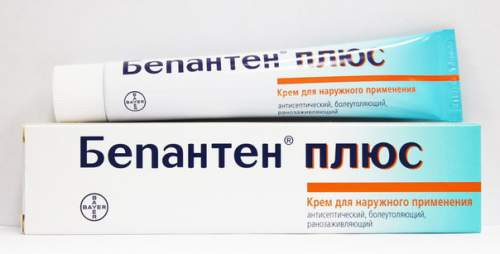

Continue to wash and moisturize your tattoo 3 to 5 times a day. You should continue to wash your tattoo with antibacterial soap and warm water until it is completely healed. This may take 3 to 6 weeks, depending on the size and location of the tattoo. You should wash the tattoo about three times a day, although you should wash more often if the tattoo is on your arm, wrist, foot, or any other area that is more vulnerable to germs
If done right in a few weeks you can expect your tattoo to be truly as beautiful as the picture.
How do I take care of my eyebrows after 3-4 days of permanent makeup?
From the fifth day, it is enough to ointment the skin with healing ointments 3-4 times a day. The full course is 7-10 days. About 3-4 days after the tattoo skin comes off, which is a confirmation that the healing process is correct.
In the morning there is a feeling of severely dry skin. In this case, you can apply a thin layer of petroleum jelly for half an hour. After that - the standard treatment.
In the first week it is impossible to apply cosmetics to the eyebrow area, because this inevitably traumatizes the skin, clogs the pores and requires careful washing off.
Contraindications for tattoo removal.
Despite the apparent simplicity of the method, there are a lot of contraindications to tattoo removal:
- Fresh tan (after a natural tan or a visit to the tanning salon must pass at least 4 weeks);
- Photosensitization (hypersensitivity to sunlight, allergic to the sun);
- Taking medications classified as photosensitizers. These are hormonal contraceptives, tetracycline antibiotics, sulfonamides. They must be discontinued 2-4 weeks before the planned procedure.
- Taking vitamin A and isotretinoin the previous six months;
- Skin diseases (atopic dermatitis, eczema, psoriasis, herpes red, porphyria, etc.);
- Purulent inflammatory rashes in the affected area
- Acute infectious diseases (including exacerbation of herpes virus infection);
- Chronic diseases, including diabetes mellitus at the stage of decompensation.
- Mental illnesses;
- Epilepsy;
- Varicose veins and signs of thrombophlebitis in the laser treatment area;
- Oncology
- Presence of metal prostheses, implants, "pacemaker" (artificial driver of heart rhythm);
- The tendency to form keloid scars;
- Disorders of the blood coagulation system
In the conclusion I would like to wish you to approach deliberately to a question of tattoos and to understand clearly whether it is necessary for you or not. Clearly weigh the pros and cons. After all, to remove the tattoo is much longer and more costly financially than to tattoo it.
